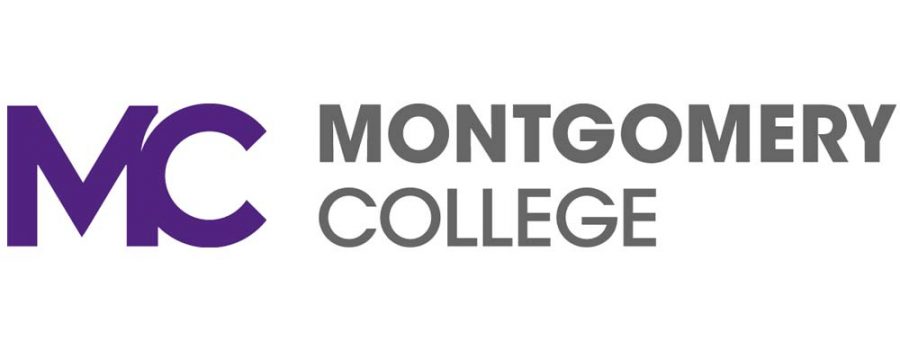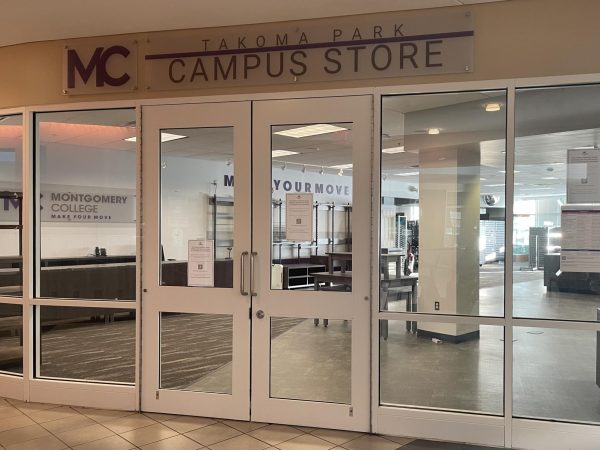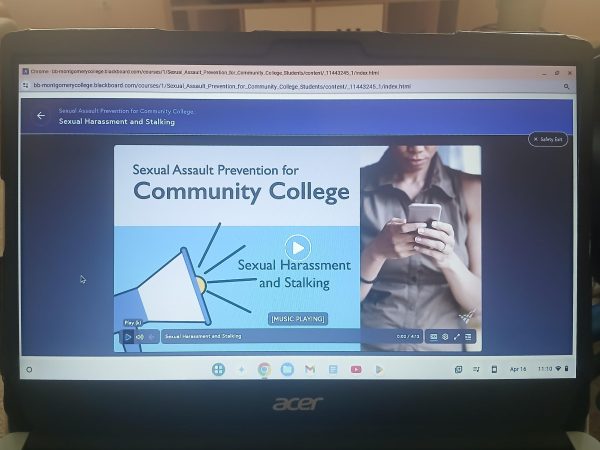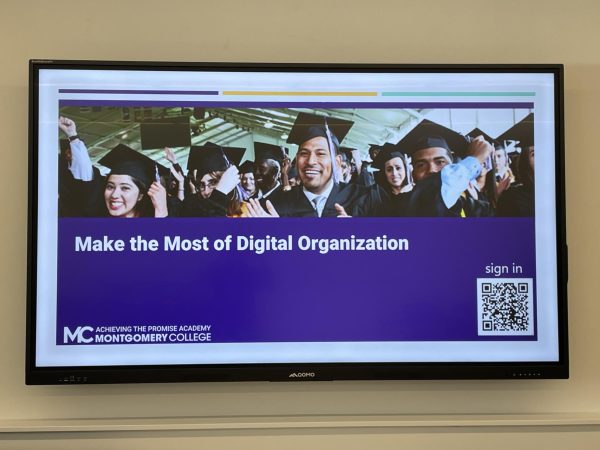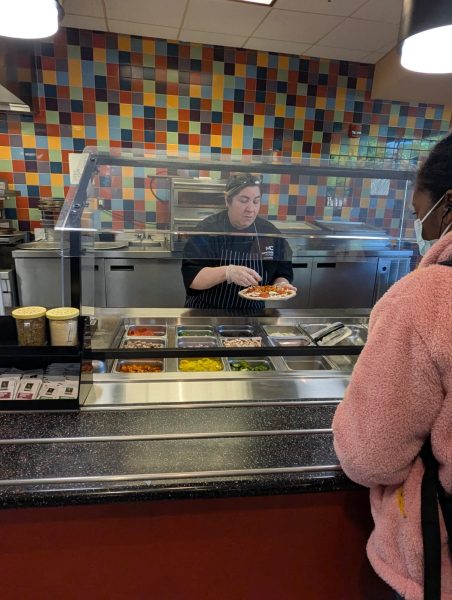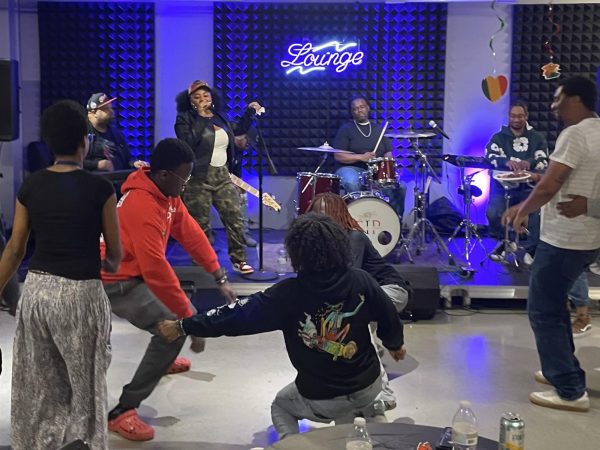Alternative Universities for MC Students
Most people in the Washington, Maryland, and Virginia (DMV) area know of the powerhouse University of Maryland’s College Park campus, flagship institution of the state of Maryland. Following closely in status and reputation comes Towson and Salisbury University, also fairly large and well-known for a variety of academic programs. They tend to be among the most common colleges students from Montgomery College transfer to once they have completed their education for an Associates degree, and wish to call home for their final two years of undergraduate study.
But are these big name schools the only places where a student can receive an invaluable education and be prepared for life beyond college?

Many students may be surprised to learn of other four-year institutions that offer a similarly invaluable education, with partnerships with such institutions that go beyond the well-known MTAP (Maryland Transfer Advantage Program). These schools include St. Mary’s College of Maryland, Shepherd University, Hood College, as well as many others. Shepherd, in particular, offers its TOPS program (Transfer Opportunity Program at Shepherd), where students from MC who graduate with a 3.4 GPA can receive a 35 percent tuition reduction towards out-of-state tuition, and students with a 2.8 GPA can receive a 25 percent tuition reduction.

Why is it that said schools in the surrounding region are often overlooked by bright and driven students at Montgomery College? There are multiple factors for this. One of which students sometimes are pressured by family to attend certain schools on account of their notability. This is especially true for those coming from immigrant families where the only schools that they know of are the larger institutions, therefore making them the only options available.
Another factor is size — the sheer size alone of the University of Maryland’s College Park campus makes it very hard to ignore. Spanning 1,339 acres, and serving 30,762 students as of Fall 2018, vast amounts of resources are available throughout campus, including top companies regularly visiting for recruitment, making internship opportunities easier to come by. All of these resources can reinforce the commonly held idea of such large state schools as being better than their lesser known counterparts.
Shelly Bennett, an adviser at the Takoma Park Advising Center, believes this is untrue. Prior to her current job at MC, her work included visiting college campuses with prospective students, which allowed her to visit the majority of colleges in the Maryland area. “One thing I tell students,” she said. “Is that you need to choose the school that is right for you. Everyone is going to give you opinions, but University of Maryland or larger schools may not be for everyone. The bottom line is, does the school have your program? Is the program accredited? Look at the graduation rates, the retention rates, and can you afford it?”
Ms. Bennett encourages all students to consider smaller schools because of the smaller class sizes and open discussion style lectures, which allow students to directly interact with professors and not have to compete with hundreds of other students in one class alone. More introverted students may find additional benefits with the smaller class sizes, as they are forced to participate more often, and truly thrive under the added support from professors and other students. It is easier for such students to get involved in their communities in ways they might find much harder to do on a larger campus that could negatively engulf them.
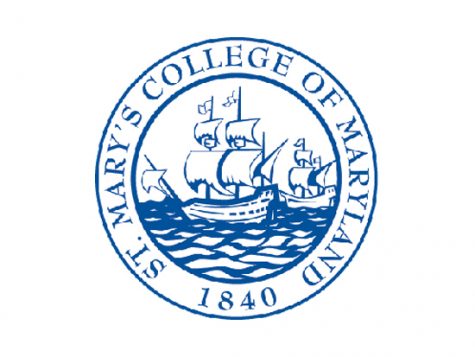
On whether or not the name of the school from where one graduates actually makes a significant difference outside of college, Ms. Bennett is skeptical. “The name only matters if its an Ivy League, or if its known for a particular area, John Hopkins and medicine, Georgetown and law . . . other than, it’s more what you do while you’re there. You can go to a small school, get a great education, stand out . . . your track record will speak for itself.” The advice she wishes to leave students determining which schools to transfer to is to choose to be open minded, and “follow your heart, because at the end of the day, you are the one that’s going there!”
Ultimately, it is the student who makes their decision transitioning out of MC towards their next steps. It is without question that large universities such as the University of Maryland and Towson offer world class benefits to their student body to aid their studies. However, the one size fits all standard does not hold well when it comes to choosing a college. Some students thrive on a giant, bustling state campus and others thrive on a compact, quieter campus. For community college students, it is especially important to consider smaller campuses as they closely resemble the classes they have have been used to having and, as a result, transition will be easier. It is always wise to do research beyond what information is commonly put out there, and MC students will benefit from considering all kinds of lesser-known colleges when coming to their own conclusions which could produce a much more enriching college experience in the long haul.

Aida Solomon is a writer here at Excalibur. On Takoma Park campus on Fridays after 12:30.



